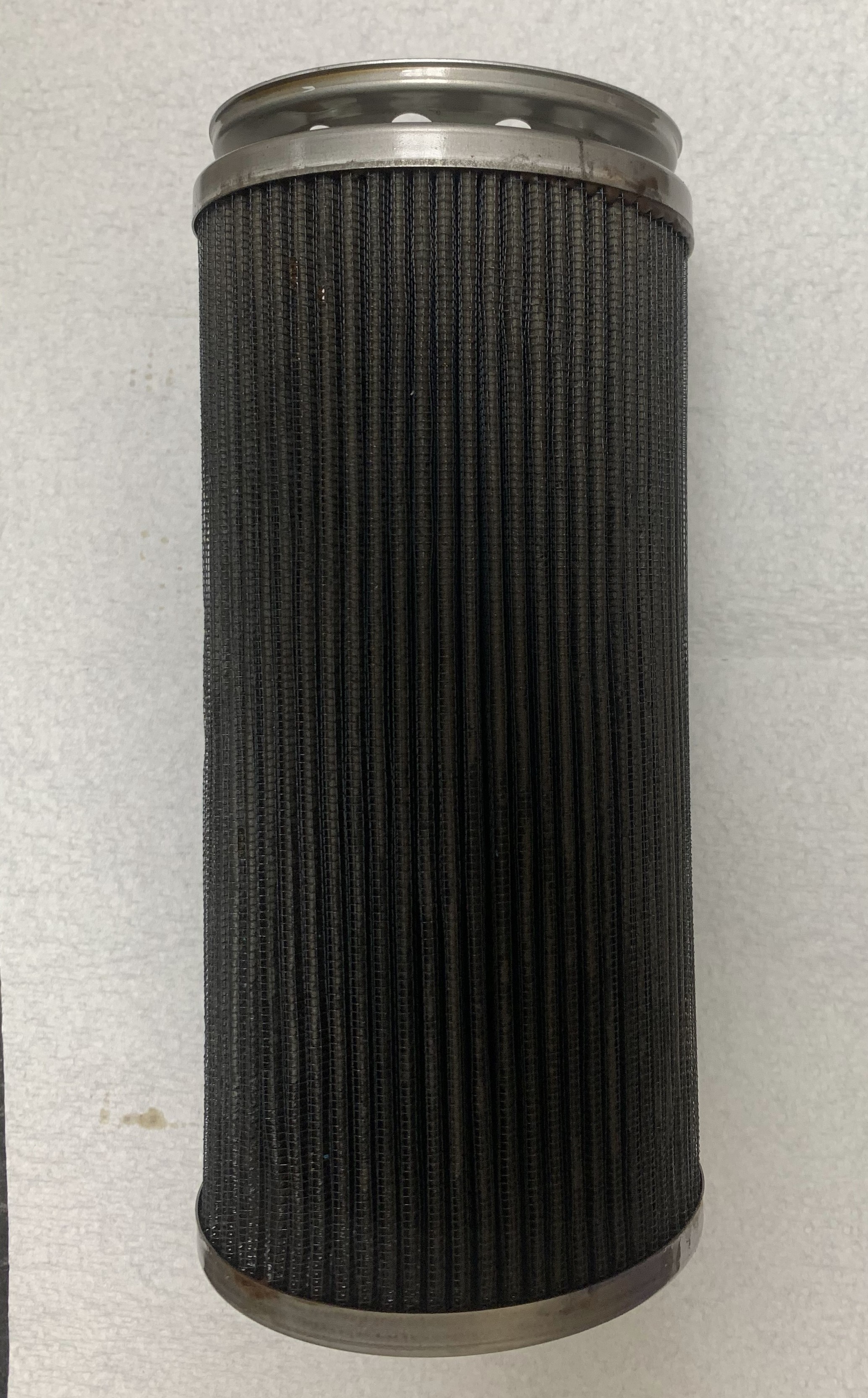Filter analysis is something you can (and should!) do yourself, to get a baseline idea of what’s normal. All engines produce metal; the trick is to know what’s normal and what’s not.
The debris we find in filters tends to fall into three categories: metallic, carbon pieces, and unknown. Some metal and carbon is okay. Lycoming has suggestions about how much carbon and metal is acceptable in a filter, and we’d consider the guidelines in SB 480F to be applicable to most aircraft engines. But if you’re seeing larger metallic pieces, or you’re seeing more debris than usual and you suspect a problem, you may want to have it analyzed.
The least expensive option is to cut open the filter, remove some or all of the pleats, and send them in ($175). You can also send the entire filter ($250), but it’s messy and you’ll end up paying more for us to do the work of removing the pleats – something we’d rather you do yourself with an oil filter cutter.
**Note that we can only test smaller filters. The largest filter we can test is 8″ tall, and we can’t test filters that have a metal screen inside.
Once we receive the filter pleats, we will analyze the metal and debris inside and send a report containing a write-up describing our findings and conclusion with 5-10 images.
You can use a regular oil sampling kit to send us filter pleats. Just put them in the white bottle. For a whole filter, package it in two ziplock bags with absorbent material around them and send it in a box.















